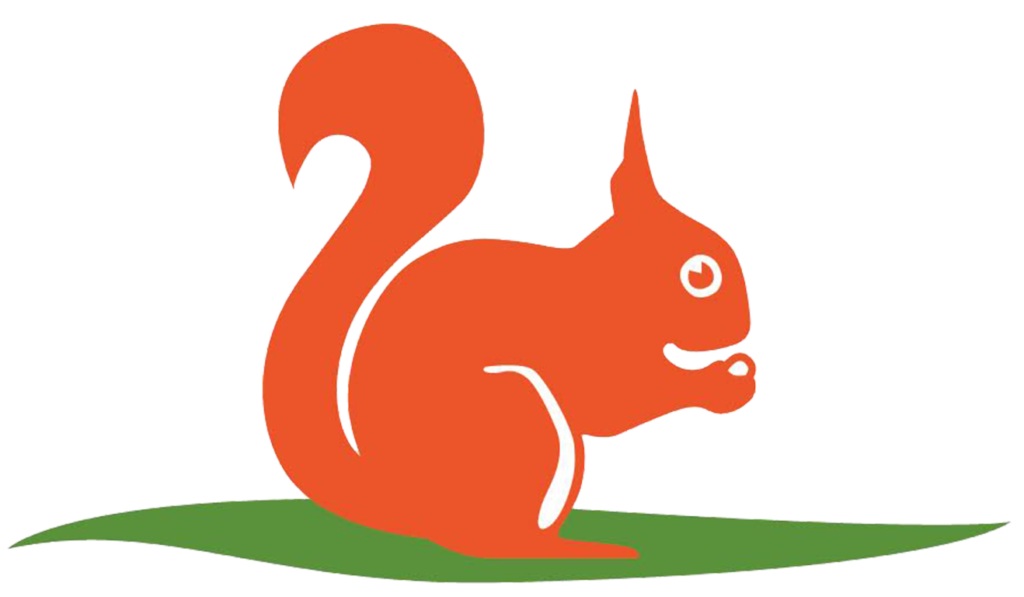Felling Advice
Tree felling
We understand that working forests require continued management. Felling and re-stocking is an integral and very necessary part of forest management. These operations should be carefully planned through long-term forest strategies and design plans. Felling is not necessarily bad for red squirrels but it must be done sensitively, gradually and legally.
The red squirrel is a protected species in the UK and is included in Schedules 5 and 6 of the Wildlife & Countryside Act 1981 (WCA) (amended by the Countryside & Rights of Way Act 2000).
It is an offence to intentionally kill or injure a red squirrel or intentionally or recklessly damage or destroy any structure or place a red squirrel uses for shelter or protection, or disturb a red squirrel while it occupies such a place.
Anyone who carries out, or knowingly causes or permits these acts to occur could be committing an offence.
England is in much need of updated guidance, which is thankfully now being addressed, as committed to by the England Trees Action Plan 2021 to 2024 (See point 3.5, p. 27) It says the government will: “…produce good practice guidance to help minimise impacts of forestry operations on red squirrels during the breeding season”. RSNE is a consultee on a working group, which is led by Forestry Commission, working with the forestry sector, academics and policymakers to review guidance pertaining to forestry practice and red squirrels. This should hopefully be published early in the New Year.
If woodland creation is of interest: the recent launch of the England Woodland Creation Offer provides attractive incentives – a few thousand pounds per hectare – for woodland creation. The eligibility requirements are listed on page 21 of the grant manual and its accompanying Appendix 2: Design guide has some information on tree species selection/options, from the bottom of the page.
